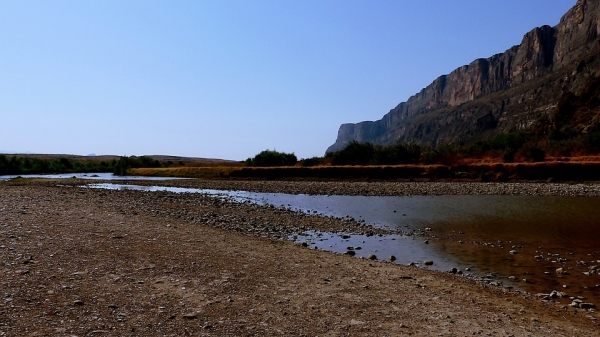Since before El Paso was founded by a Spanish missionary in the late 17th century, the Chihuahuan Desert region has been nourished by a steady supply of water: the Rio Bravo Del Norte, as the river is known in Mexico, or the Rio Grande, as it’s known in the United States.
Today, the population on both sides of the international border is booming, fast approaching 3 million. But even as the Paso del Norte region — which encompasses El Paso, Texas; Ciudad Juarez, Mexico; and Las Cruces, New Mexico — prospers, a two-decade-long megadrought exacerbated by a warming climate is bringing more extreme weather and shrinking the lower Rio Grande.
As temperatures have risen and rainfall has decreased, the river’s flow along its entire length will continue to decline, and peak runoff could occur a month earlier. As temperatures continue to rise, scientists predict additional losses may exceed 20 percent by mid-century and 35 percent at the end of the century.
The changes have left urban water authorities scrambling to find ways to provide cities with alternate supplies of water. “We have to prepare for the year that there is no river water,” says Lisa Rosendorf, a spokesperson for El Paso Water, the utility that serves the city, “because that year will come.”
Read more at Yale Environment 360
Photo Credit: rauschenberger via Pixabay


